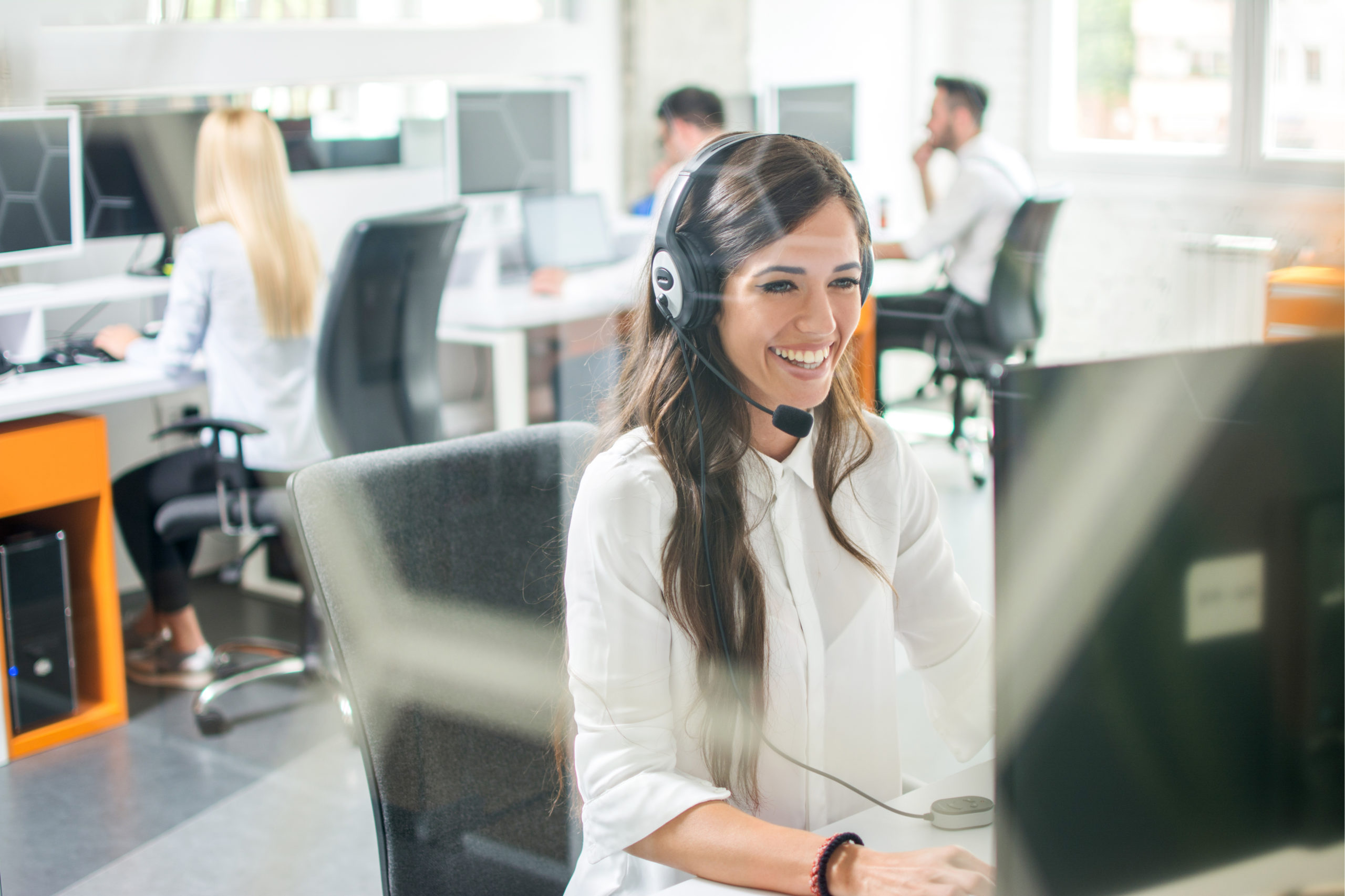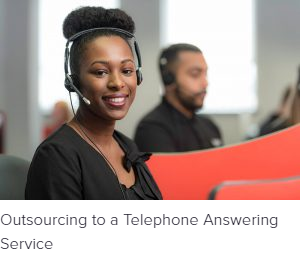All Categories
Featured
Table of Contents
- – Who Has The Best How To Answer The Phone Profes...
- – Whats The Best Telephone Answering Services
- – The Best Professional Call Answering Services:...
- – What Is The Best 17 Reasons Why You Need A Te...
- – Who Is The Best Automated Business Phone Answ...
- – What Is The Best Call Answering Service For Me
Who Has The Best How To Answer The Phone Professionally (With Examples) Service?
This device and its successors were created by Sava Jacobson, an electrical engineer with a private consulting service. While early voice mail utilized magnetic tape innovation, a lot of contemporary equipment utilizes solid state memory storage; some gadgets utilize a mix of both, with a solid-state circuit for the outbound message and a cassette for the inbound messages.
"toll conserving" listed below) (phone call answering). This is beneficial if the owner is evaluating calls and does not wish to talk with all callers. In any case after going, the calling celebration should be notified about the call having actually been addressed (most of the times this starts the charging), either by some remark of the operator, or by some welcoming message of the little bit, or addressed to non-human callers (e.
This holds particularly for the Little bits with digitally kept welcoming messages or for earlier devices (prior to the increase of microcassettes) with a special unlimited loop tape, different from a second cassette, committed to recording. There have been answer-only gadgets with no recording abilities, where the greeting message had to inform callers of a state of current unattainability, or e (virtual telephone answering service).
Whats The Best Telephone Answering Services

about availability hours. In recording Littles the greeting typically contains an invitation to leave a message "after the beep". A voice mail that uses a microcassette to tape-record messages On a dual-cassette answerphone, there is an outgoing cassette, which after the defined variety of rings plays a pre-recorded message to the caller.

Single-cassette answering machines consist of the outbound message at the beginning of the tape and inbound messages on the staying space. They initially play the announcement, then fast-forward to the next readily available area for recording, then record the caller's message. If there are many previous messages, fast-forwarding through them can cause a substantial delay.
This beep is often referred to in the welcoming message, asking for that the caller leave a message "after the beep". TADs with digital storage for the tape-recorded messages do disappoint this hold-up, naturally. A little bit might use a remote control center, where the answerphone owner can call the home number and, by going into a code on the remote telephone's keypad, can listen to taped messages, or erase them, even when away from house.
The Best Professional Call Answering Services: Everything You ... Service?

Thereby the machine increases the variety of rings after which it answers the call (normally by two, leading to 4 rings), if no unread messages are currently stored, however answers after the set variety of rings (usually 2) if there are unread messages. This allows the owner to discover whether there are messages waiting; if there are none, the owner can hang up the phone on the, e.
Some devices also enable themselves to be remotely activated, if they have been switched off, by calling and letting the phone ring a certain a great deal of times (usually 10-15). Some provider desert calls already after a smaller number of rings, making remote activation difficult. In the early days of TADs a special transmitter for DTMF tones (dual-tone multi-frequency signalling) was regionally needed for remote control, considering that the previously utilized pulse dialling is not apt to communicate proper signalling along an active connection, and the dual-tone multi-frequency signalling was executed step-by-step.
Any inbound call is not identifiable with regard to these residential or commercial properties in advance of going "off hook" by the terminal devices. So after going off hook the calls need to be switched to appropriate devices and just the voice-type is instantly available to a human, but maybe, however must be routed to a LITTLE BIT (e.
What Is The Best 17 Reasons Why You Need A Telephone Answering Service Product?
What if I informed you that you do not need to actually choose up your gadget when answering a customer call? Another person will. So convenient, right? Responding to call doesn't need someone to be on the other end of the line. Effective automated phone systems can do the trick just as effectively as a live representative and in some cases even much better.
An automatic answering service or interactive voice response system is a phone system that communicates with callers without a live person on the line - answering service. When companies use this innovation, consumers can get the answer to a concern about your business just by utilizing interactions set up on a pre-programmed call circulation.
Although live operators update the consumer service experience, many calls do not need human interaction. A simple taped message or guidelines on how a consumer can obtain a piece of details typically resolves a caller's immediate requirement - phone call answering. Automated answering services are an easy and reliable method to direct incoming calls to the right individual.
Who Is The Best Automated Business Phone Answering System Provider In My Area
Notification that when you call a business, either for support or product questions, the first thing you will hear is a pre-recorded voice greeting and a series of choices like press 1 for customer care, press 2 for questions, and so on. The pre-recorded alternatives branch off to other options depending upon the consumer's selection.
The phone tree system helps direct callers to the ideal person or department utilizing the keypad on a mobile phone. In some instances, callers can utilize their voices. It's worth keeping in mind that auto-attendant alternatives aren't restricted to the ten numbers on a phone's keypad. Once the caller has selected their first option, you can create a multi-level auto-attendant that utilizes sub-menus to direct the caller to the right type of support.
The caller does not need to communicate with an individual if the auto-attendant phone system can handle their issue. The automated service can path callers to a staff member if they reach a "dead end" and need support from a live representative. It is pricey to employ an operator or executive assistant.
What Is The Best Call Answering Service For Me
Automated answering services, on the other hand, are considerably less costly and supply significant cost savings at an average of $200-$420/month. Even if you don't have committed staff to deal with call routing and management, an automatic answering service enhances performance by allowing your group to concentrate on their strengths so they can more effectively invest their time on the phone.
A sales lead routed to client service is a lost shot. If a consumer who has item concerns reaches the wrong department or gets insufficient responses from well-meaning workers who are less trained to manage a particular kind of concern, it can be a reason for frustration and dissatisfaction. An automatic answering system can reduce the number of misrouted calls, therefore helping your employees make much better usage of their phone time while maximizing time in their calendar for other jobs.
With Automated Answering Systems, you can develop a personalized experience for both your staff and your callers. Make a recording of your primary greeting, and simply update it routinely to show what is going on in your organization. You can produce as numerous departments or menu alternatives as you desire.
Table of Contents
- – Who Has The Best How To Answer The Phone Profes...
- – Whats The Best Telephone Answering Services
- – The Best Professional Call Answering Services:...
- – What Is The Best 17 Reasons Why You Need A Te...
- – Who Is The Best Automated Business Phone Answ...
- – What Is The Best Call Answering Service For Me
Latest Posts
Thorough 24/7 Answering Service
Live Answering Service – Australia 4655
Virtual Call Reception Service
More
Latest Posts
Thorough 24/7 Answering Service
Live Answering Service – Australia 4655
Virtual Call Reception Service